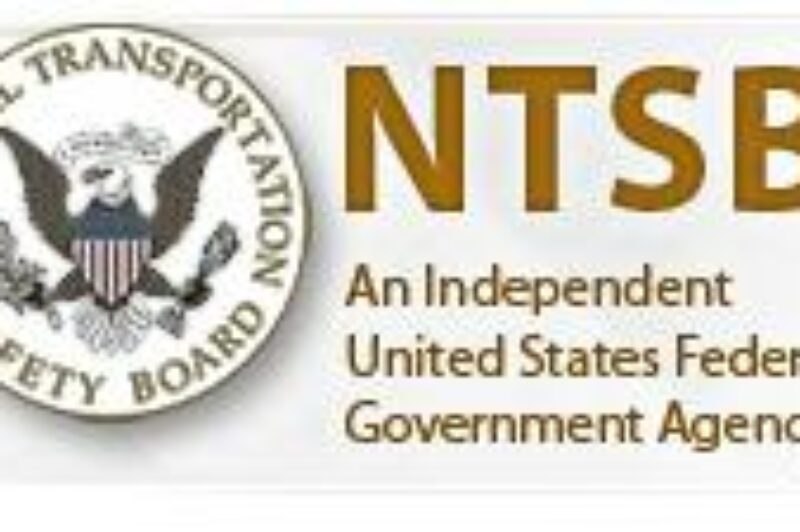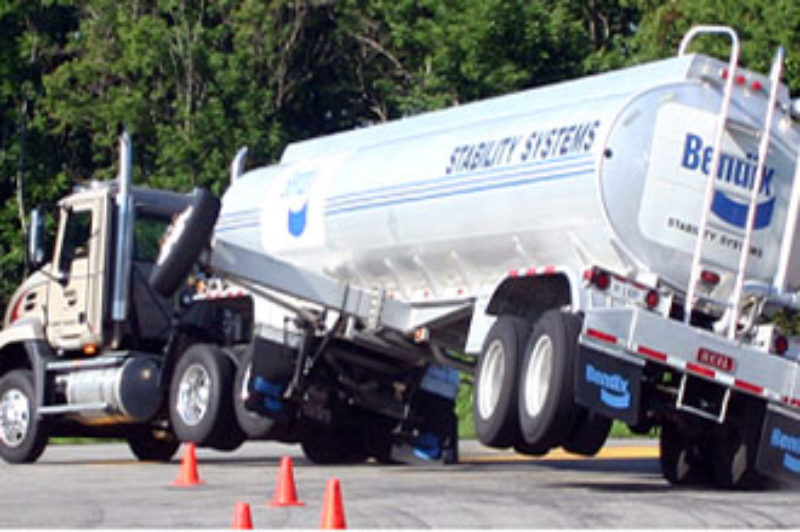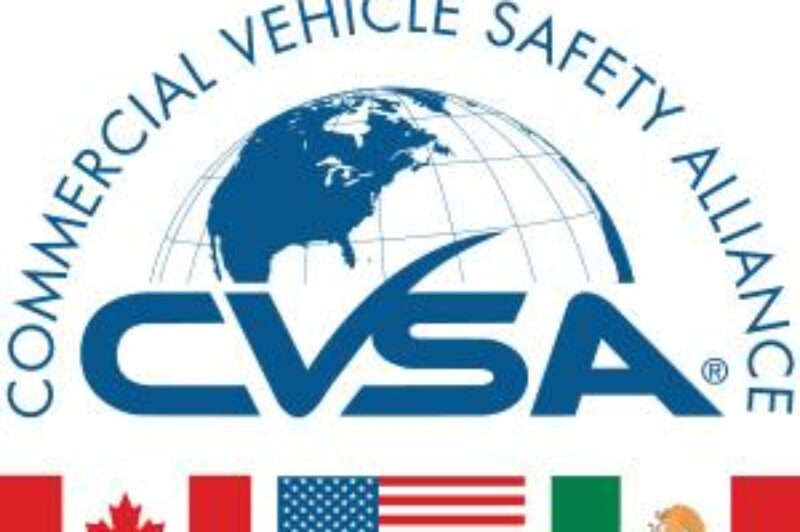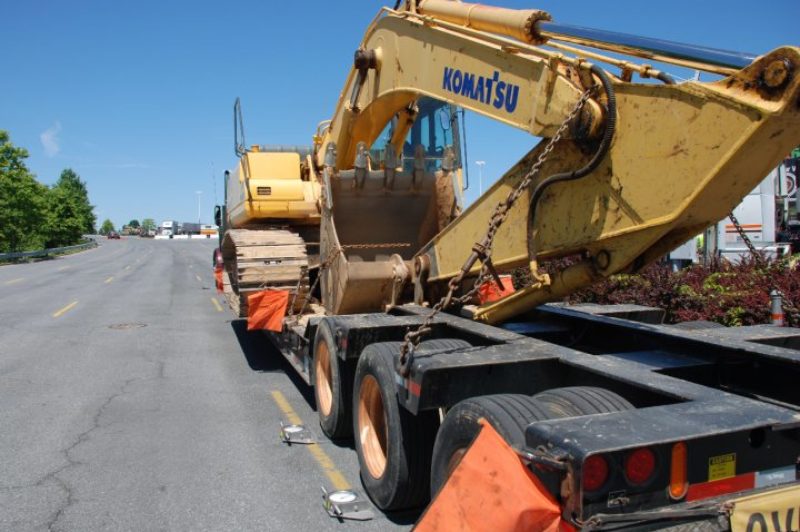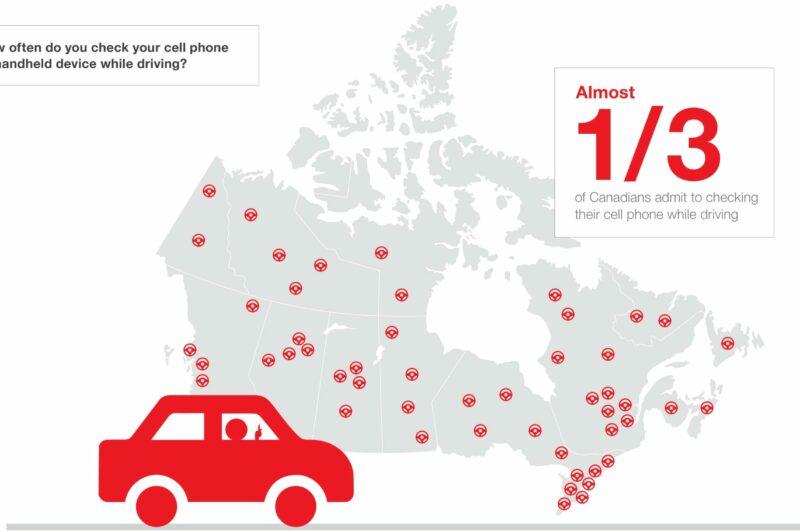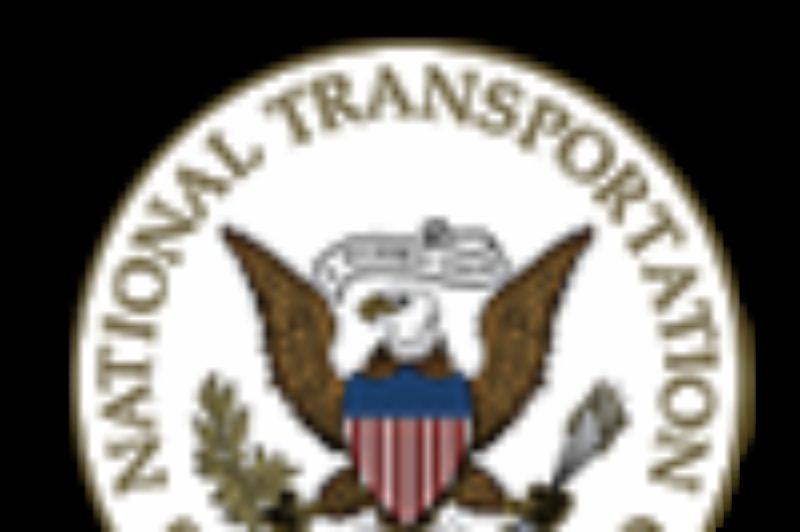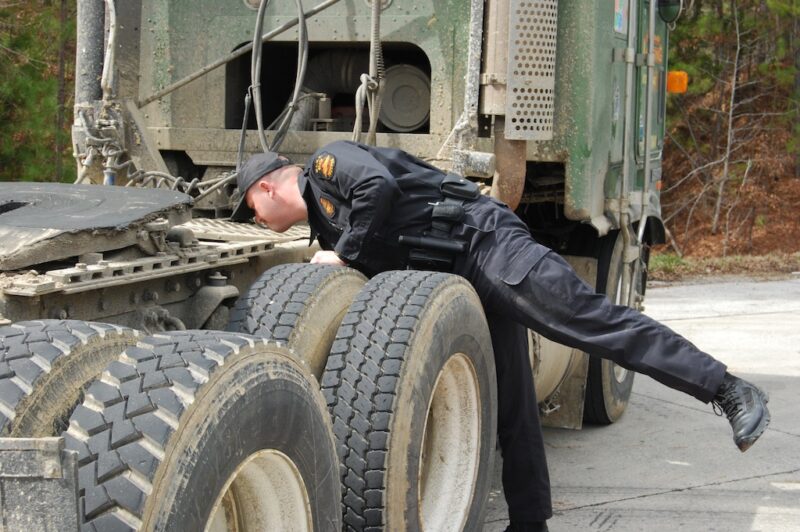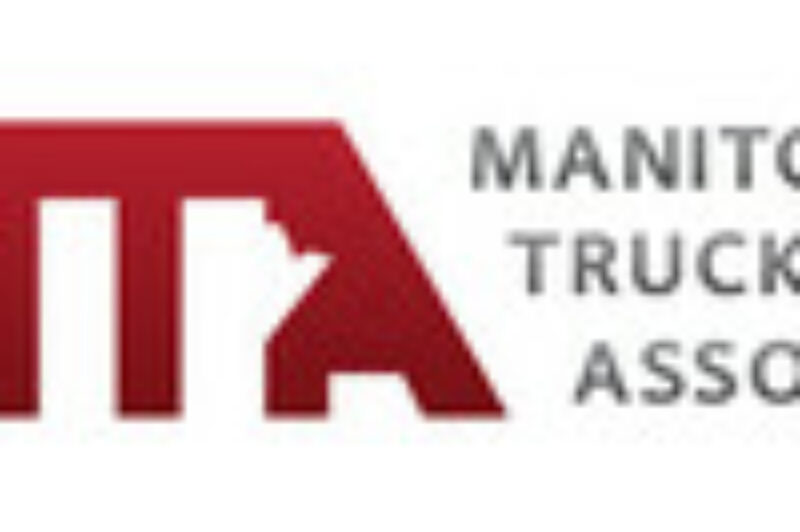Changes Proposed to Dangerous Goods Transportation Reporting
OTTAWA -- Transport Canada has posted in the Canada Gazette proposed changes to reporting requirements when it comes to regulations over spills or accidents involving the transportation of dangerous goods. Regulators are providing a comment period, after which they will review comments from industry. No timeline has been established for when Transport Canada will finalize the proposal. Highlights from the proposed amendments include: A new definition of the release of dangerous goods; Amendments to reporting requirements to introduce circumstances under which a report is required; Exceptions where the reporting obligation does not apply; The reporting of the loss or theft of dangerous goods; The reporting of unlawful interference with dangerous goods; and New reporting criteria for misdeclared or undeclared dangerous goods to harmonize with International Civil Aviation Organisation (ICAO) reporting requirements.
